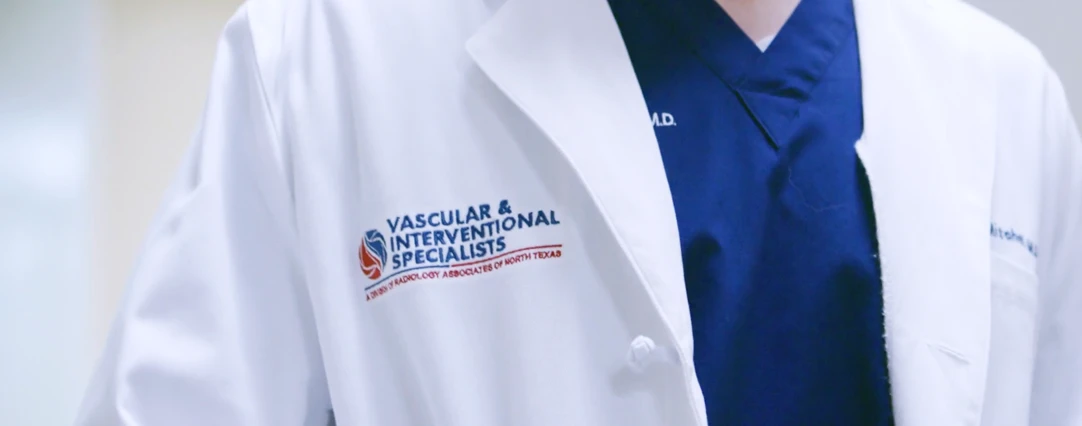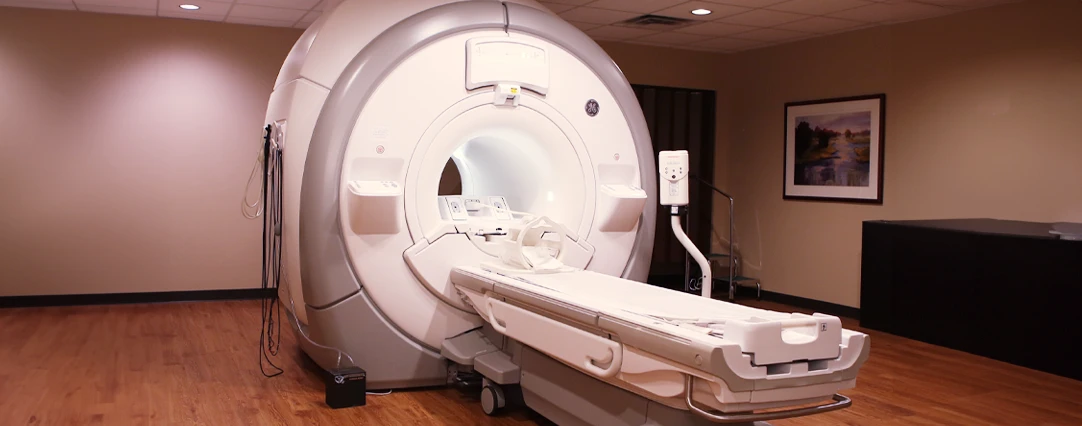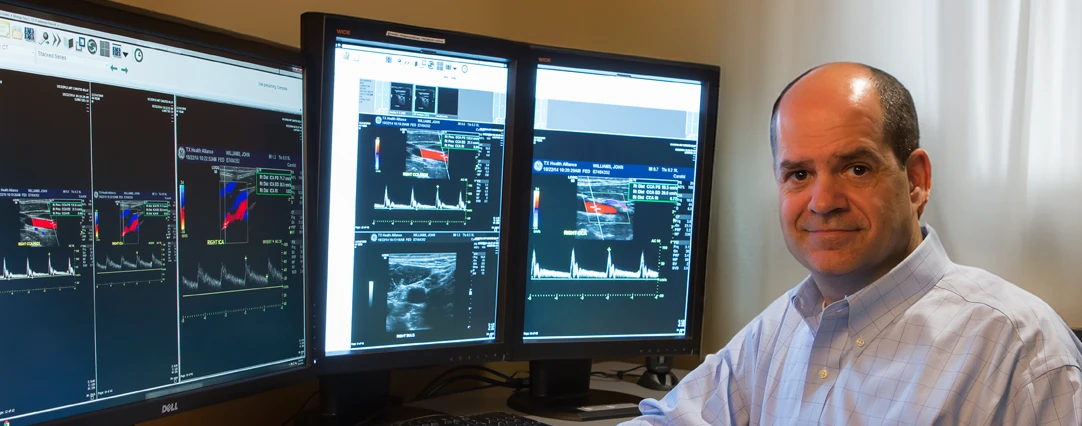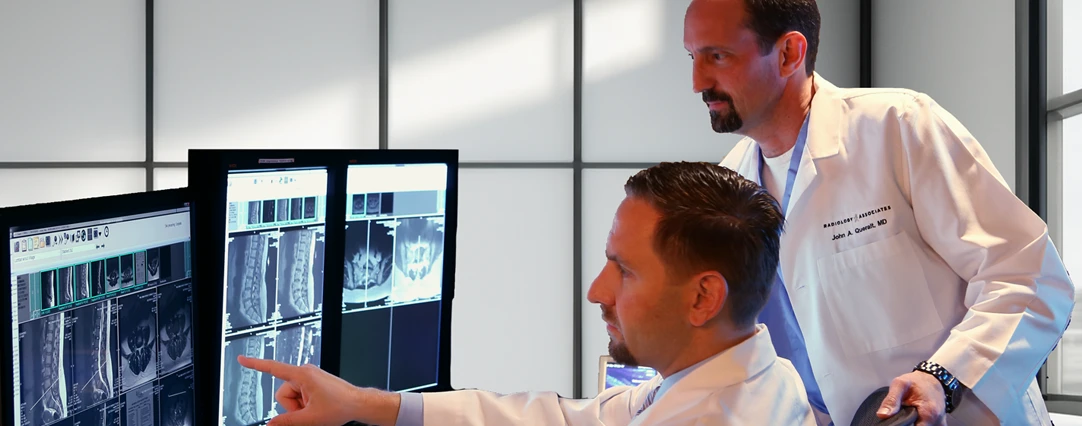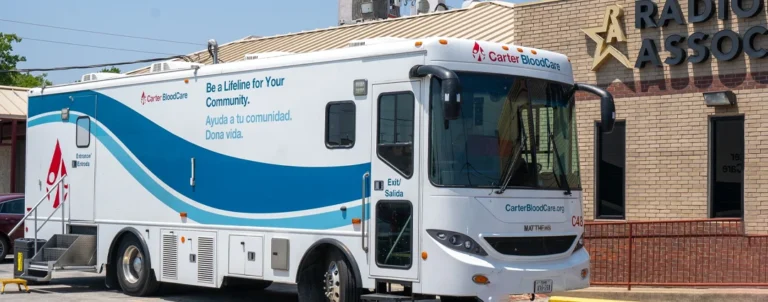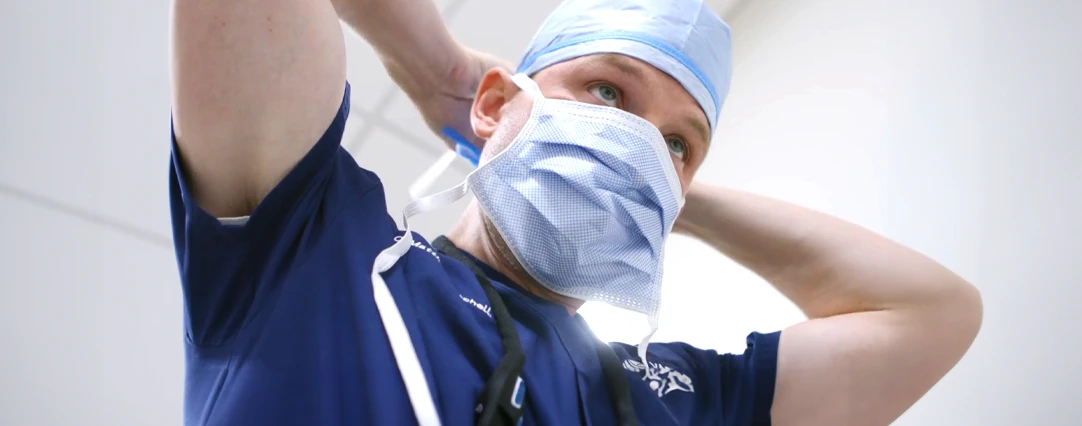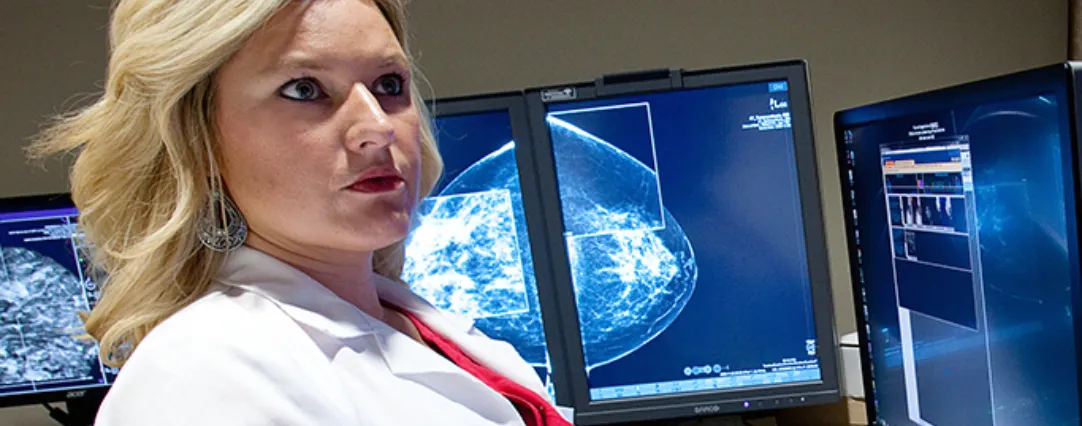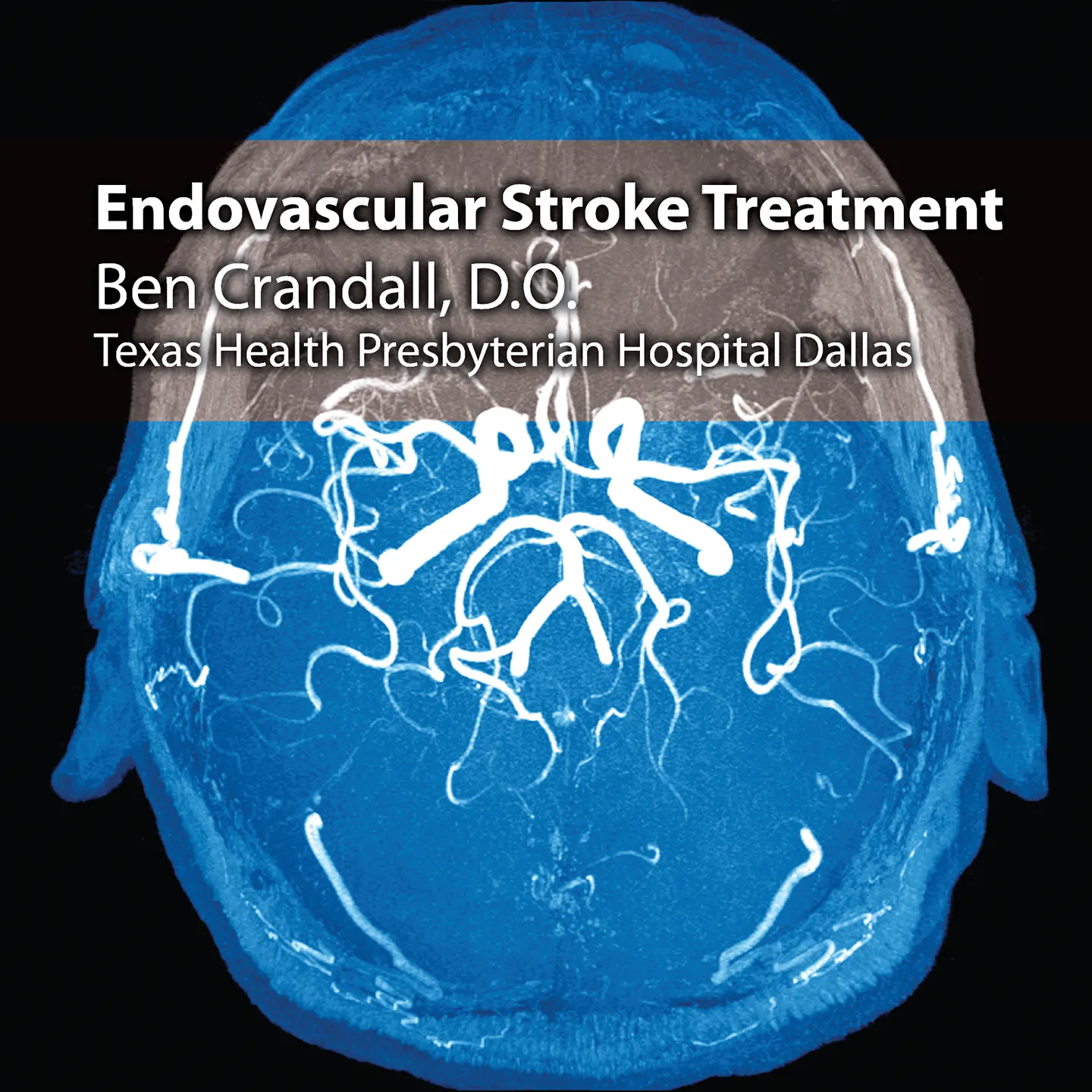Grateful stroke patient using his hands to craft his own future.
For more than 16 years, Duane Mauldin sold operating room medical devices. But two years ago, Mauldin ended up in the operating room for a much more personal reason — fighting for his life after suffering three strokes in less than two hours.
He was rushed to Texas Health Presbyterian Hospital Dallas for emergency surgery to repair damage to his brain. The once vibrant medical vendor could no longer talk, and he was paralyzed on the entire right side of his body.
“All I felt was despair and dread,” said Duane’s wife, Rosie, who was told he had a 20 percent chance for survival. “I’m so grateful that the doctors and other caregivers at the hospital possessed the talent and tenacity to make the unachievable a reality for us.”
Texas Health Dallas is just one of nine hospitals in North Texas recognized as a comprehensive stroke center.
The DNV Comprehensive Stroke Center certification is one of the highest certifications that U.S. hospitals can achieve, and the program is based on rigorous standards outlined by the Brain Attack Coalition and the American Heart Association (AHA)/American Stroke Association (ASA). The designation encompasses the full spectrum of stroke care – diagnosis, treatment, rehabilitation and education. It also highlights a facility’s ability to provide thrombectomy treatment, which helped save Mauldin’s life.
“For some reason, Duane’s artery began to tear and unfortunately cut off blood flow to his brain,” said Dr. Benjamin Crandall, a neurointerventional radiologist on the Texas Health Dallas medical staff.
During the procedure, Crandall used a catheter to navigate a device through an artery in Mauldin’s groin, all the way to his brain. The device was used to grab and pull a clot from Mauldin’s blocked artery.
According to the AHA and ASA, more than 690,000 Americans suffer from an ischemic stroke every year. Patients, just like Mauldin, fall victim to a clot that cuts off blood flow to a portion of their brain.
“That’s why the phrase ‘time is brain’ rings so true in the world of neurology,” Crandall said. “The longer brain tissue is deprived of blood flow, the higher the chance of permanent brain damage.”
Earlier this year, the AHA and ASA issued new stroke guidelines, increasing the window of time (from six to 24 hours) for blood clot removals in the brain for certain stroke patients. “More lives will be saved, thanks to this expanded window for performing specialized stroke treatment,” Crandall said.
More than 800 patients received stroke treatment at Texas Health Dallas last year. Out of those 800, only 30 underwent treatment like Mauldin. With a dedicated neurosurgical intensive care unit, educational and support programs, and a tele-stroke program, Texas Health Dallas offers quality and customized care for individuals suffering from stroke.
Two years after his thrombectomy, Mauldin, now 48, remains on his road to recovery. Despite being mobile – even driving again – Mauldin now uses an automated communication device to speak, but he isn’t defined by this.
“Going to college gives him something to look forward to,” Rosie said. “Car restoration was going to be a hobby during retirement, but the stroke turned his passion for automobiles into what may soon become a second profession.”
The Mauldin’s have been on an emotional rollercoaster, but they are grateful for the quality care received at Texas Health Dallas, Rosie said.
“Duane’s overcome a great deal, and I can’t wait to see him accomplish so much more.” To learn more about stroke treatment, visit Texas Health Dallas’ comprehensive stroke center.
Originally Posted by: Brand Experience Communications
June 12, 2018 | Exceptional Care Consumer
Posted: June 13, 2018
